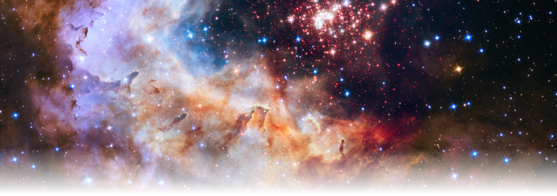A project of The Nature Institute


Biology Worthy of Life
ENTER
(⥥)
Quote of the Week
(January 6, 2026)
I would be saying nothing unusual if I were to remark that we have no theories except by virtue of the thinking that constitutes them as what they are. It is a vastly more difficult matter, however, to realize, as we surely must, that we have no things to theorize about in the first place except by virtue of the thinking that constitutes them as the things they are. So if we are content merely to accept things as they are now given to us, then before we even begin our scientific work, we have already committed ourselves to the particular, culturally influenced thoughts that bring to appearance the objects and phenomena currently available to our scientific curiosity.
There remains the question, then: “How adequate are the thoughts through which our natural surroundings have gained whatever meaningful form they now have for us?” Every bit of nature can be seen more or less profoundly, with deep insight or a superficial glance; with an intense, trained perception, or a lazy attention that merely glides over surfaces; with loving, qualitative detail or with remote abstraction. We may not easily misconceive a cube as a sphere, but we can be content to see far less of the world than is actually available to a more penetrating vision. From force of habit we of the past few centuries may, for example, see merely “mindless objects,” despite the fact that it is our own, culturally informed minds through which the objects come to the only appearance we are given.
Recognizing the element of our own thinking in the data of science — both the truth of this thinking and its limitations — would seem to be a prerequisite for any rigorous scientific understanding.
(from Chapter 13, “All Science Must Be Rooted in Experience”, in
Organisms and Their Evolution — Agency and
Meaning in the Drama of Life)
— See all quotes to date
This website makes no use of cookies, and neither collects nor makes use of personal information. It is boringly non-interactive, and contains nothing but perspectives, mostly in science, that you will have a hard time finding anywhere else.